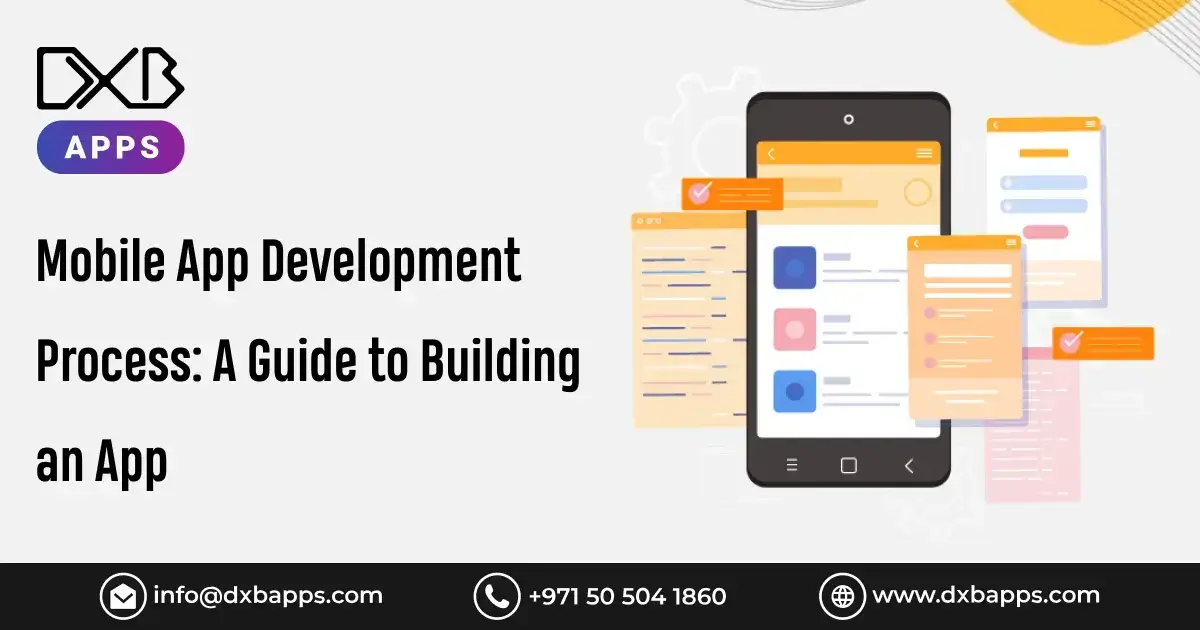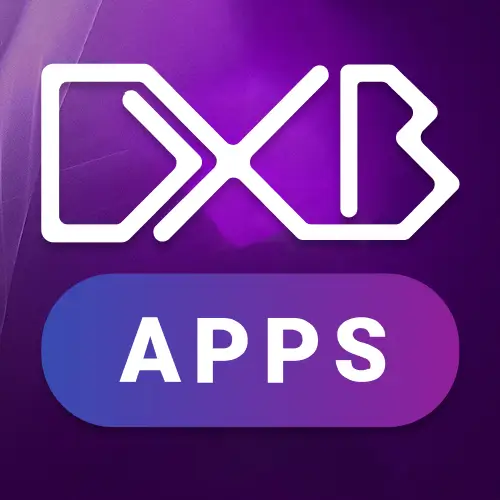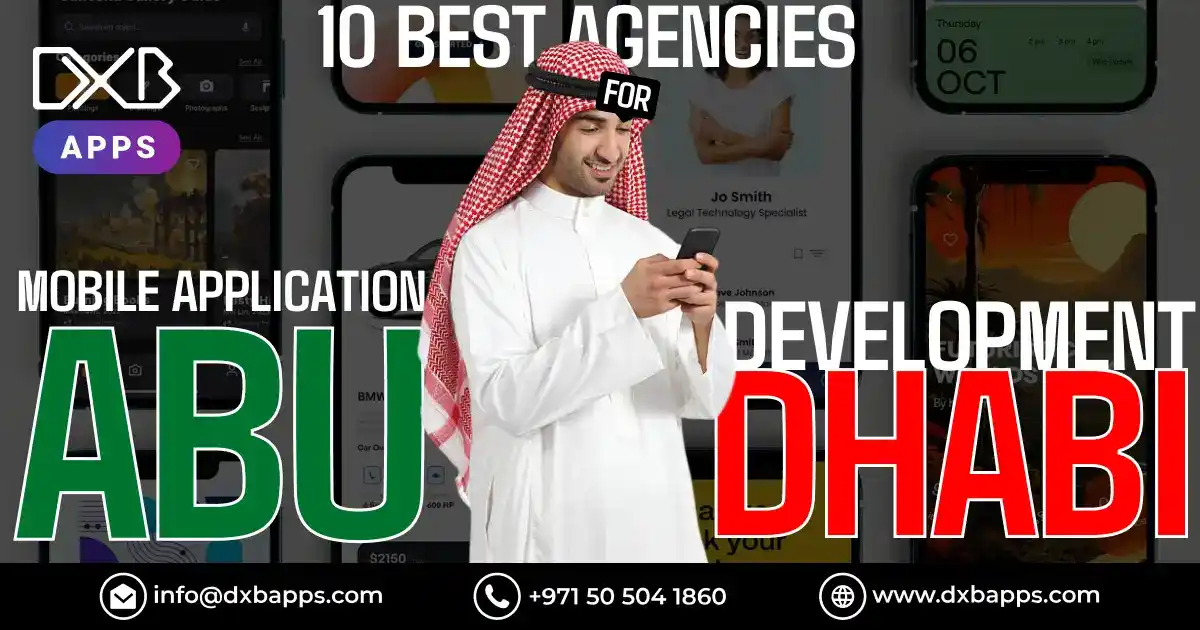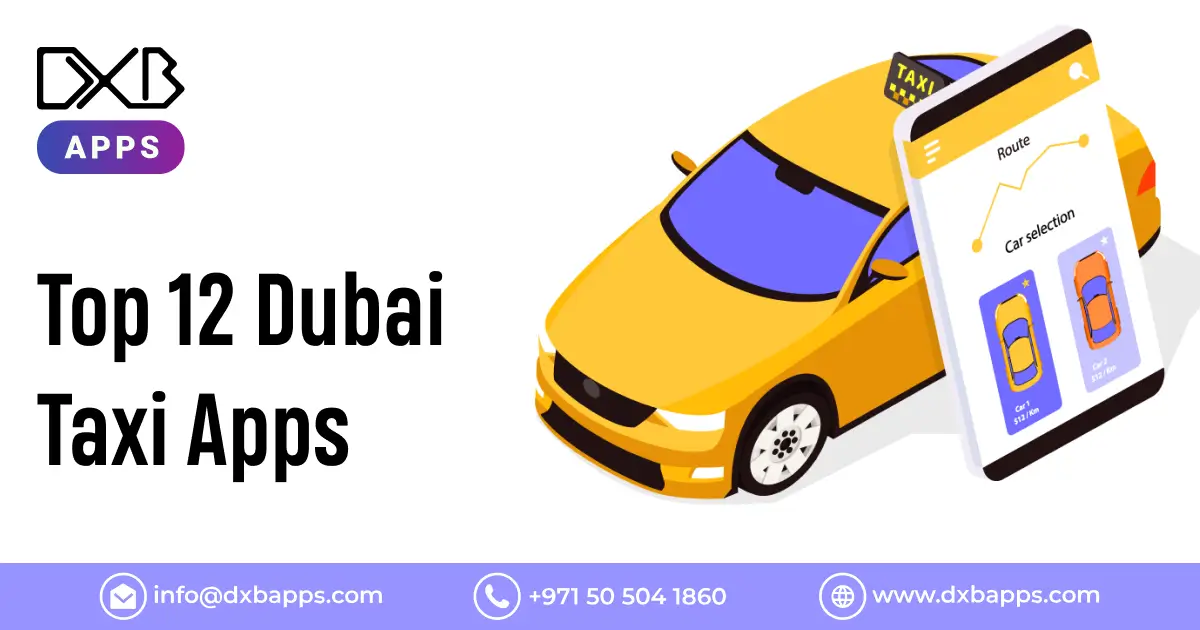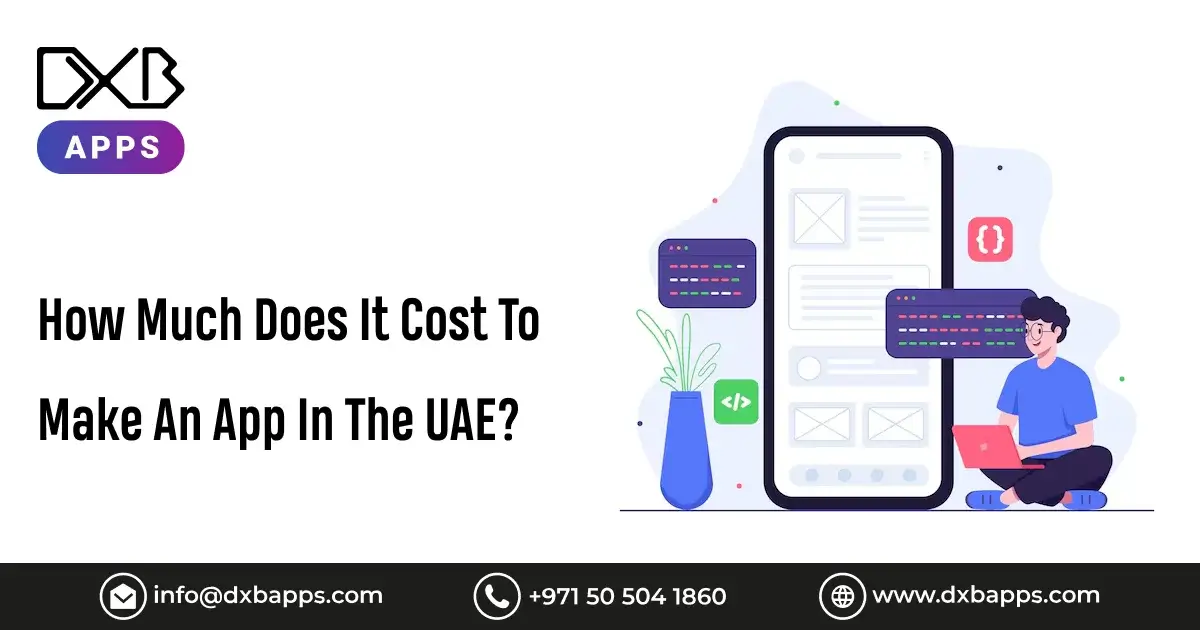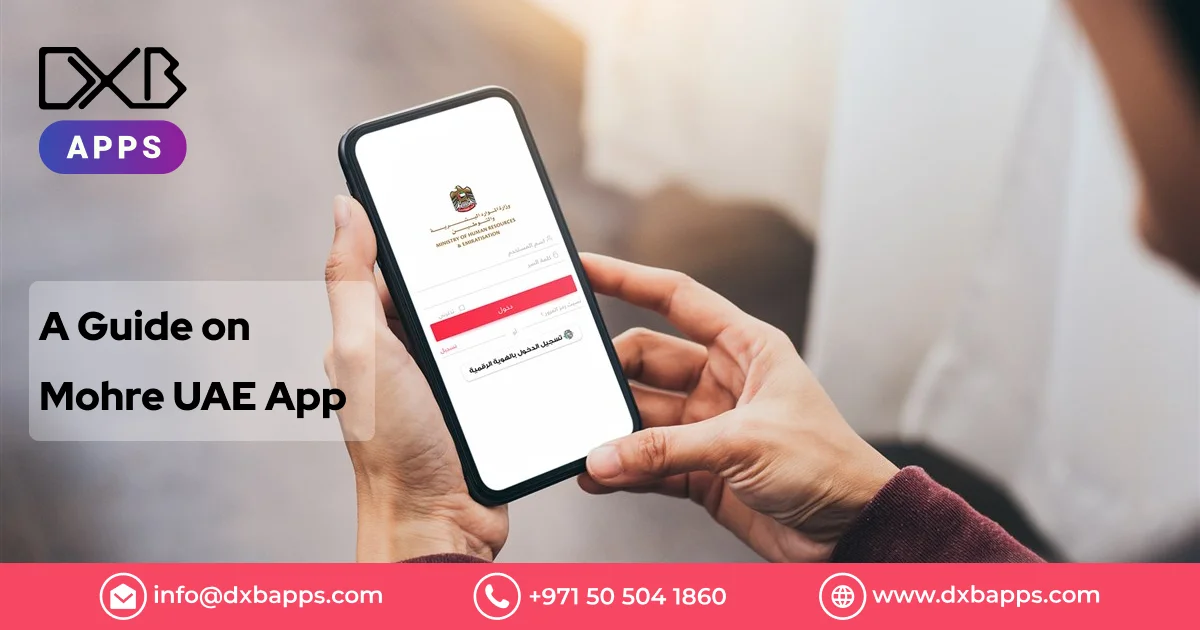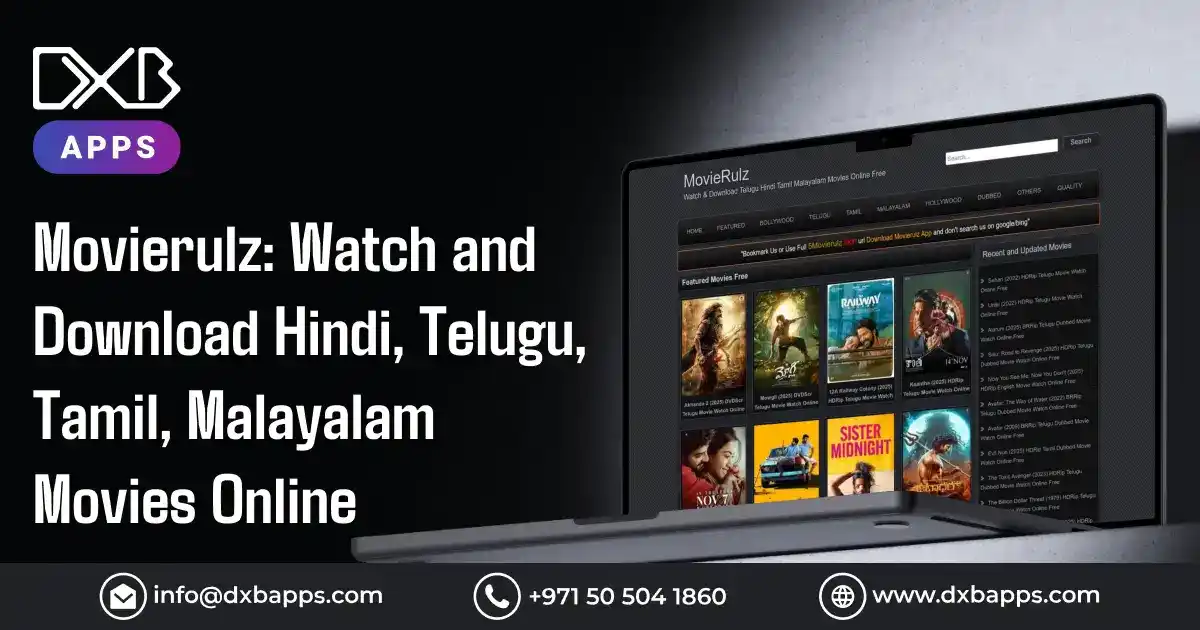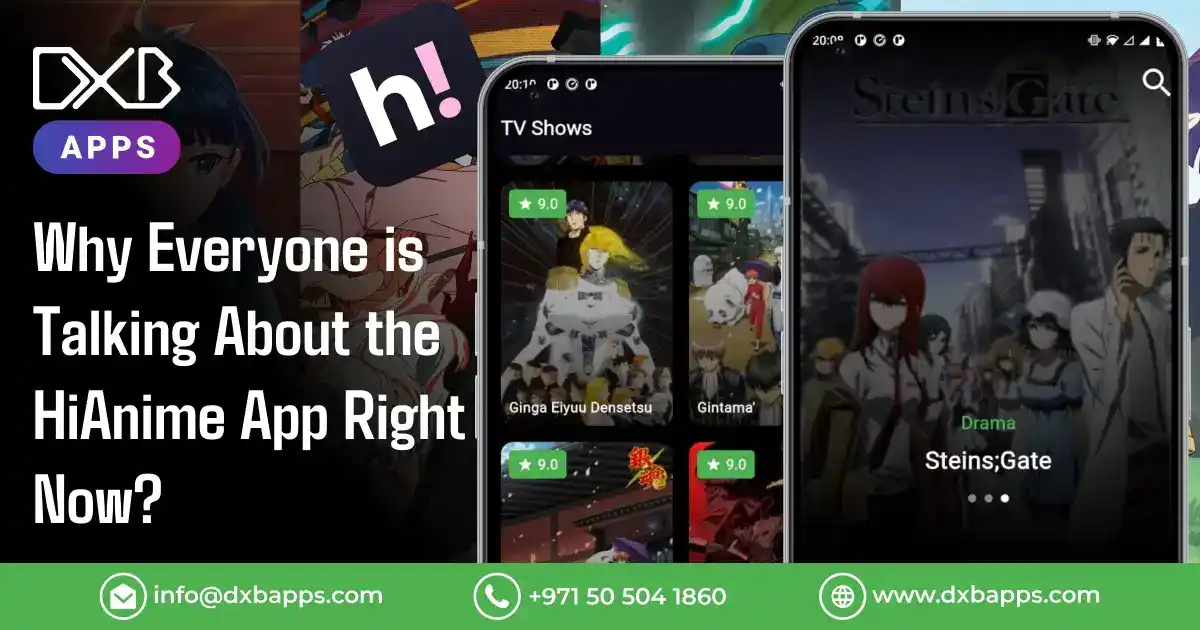Mobile app development is tough but a rewarding process. If you are developing an app for your business, startup, or personal requirements, then you should know about the app development process. This article will walk you through every step of app development, from idea to deployment.
By considering the Mobile App Development Process systematically, you will be able to sail smoothly to app development with fewer faults and setbacks. The strategy here is to guide you through the complexity of app development and provide you with whatever you are looking for in an efficient way.
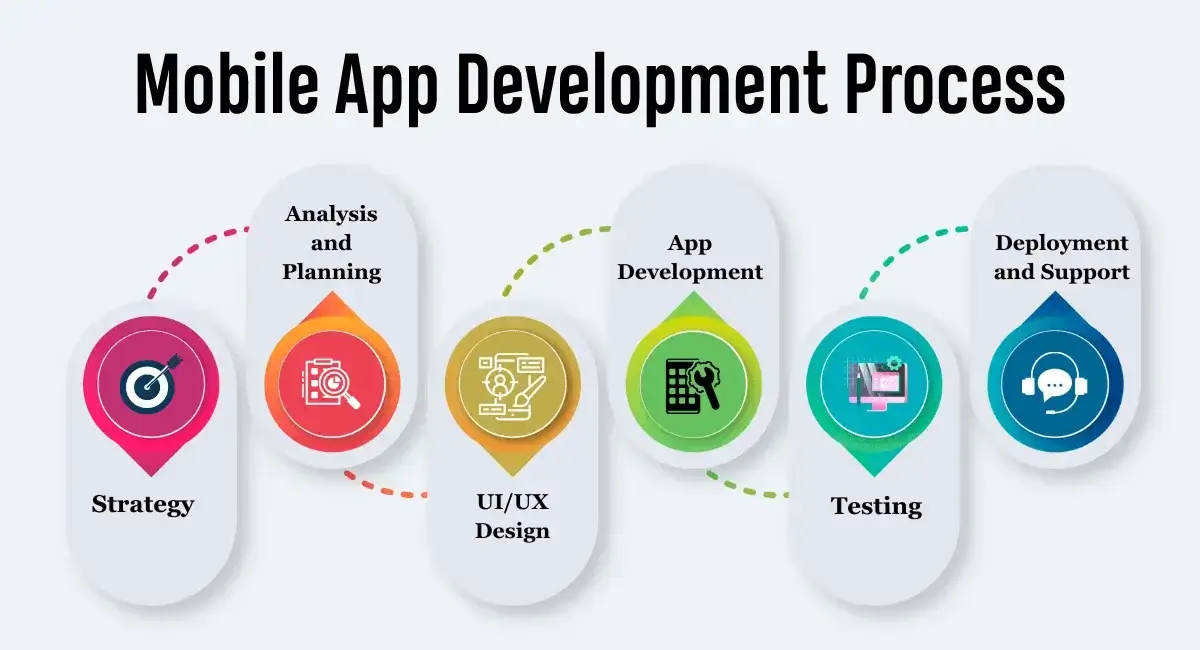
1. Define Your App Idea
Mobile app development begins with sorting out your app idea properly. This is probably going to be most critical because this is going to make everything else get started. A great app begins with a great idea, and to even have a chance at stealing someone's idea and putting it together and making it come alive, you should get over some things pretty well.
Identify Your Target Audience
Deciding on whom your app is to be marketed for is of the utmost significance to the development stage. Your target shall decide on the features, appearances, and functionalities the app is to have. Ask yourself:
- Who is most likely to utilise your app?
- What issues and needs do they have?
- What solutions does your app offer that may enhance their existence or resolve things?
Choosing your target market will make the functionality and app design appealing to them. Supposing you are developing an app for fitness, the target could be gym members, athletes, or individuals who would desire to be fit. The app with features such as workout routines, body tracking, or diets must all be suited for this group.
Outline Your App's Features
Having picked your target audience, the next is to find out what your app will accomplish. This involves deciding what your app's fundamental features will be. Features make up any application, and these need to reinforce the needs of your target market.
Ask yourself:
- What's the central problem that your app addresses?
- The application modifies how people live their daily existence.
- Users want to know which features distinguish this application from similar products available in the marketplace.
A productivity app would benefit most from the combination of features that include task management, time tracking, and reminder and progress tracking capabilities. Try also to put additional effort towards prioritising, highlighting the value-maximising features inherent in your customers and monitoring your resources and building capabilities.
Do Market Research
Market research is an important step so that you can make your app idea a reality. The market research process is the process of confirming your app idea and whether there will be demand for it or not. It is an important mobile application development process. Otherwise, you'll be making an app that neither will be useful to the users nor will be a successful app.
- Competitor app comparison: Notice how much better they are compared to competing apps and where they are lacking. It may assist in finding areas of market space that your app can fill.
- Surveys or interviews: Interview potential customers and request feedback. Discover what they require, anticipate, and become angry about when using competing apps.
- App store trend tracking: Examine what is currently trending in your field of interest and what users search for.
By doing a thorough market research, you will be able to judge better whether your app idea is worth developing, where you would be short somewhere in the process, and how to market your app.
Fact
Statista reveals that mobile app revenues worldwide are estimated to reach $407.31 billion by 2026. Even that figure says a lot about how huge the mobile app market is, and how much money it takes to get your app in the right place in the market in order to be able to compete with the millions of other apps out there.
2. Planning and Strategy
After having established your app concept, strategic planning comes next. The technical specifications of your app require in-depth decision-making at this step for determining platform choices and app design approach as well as project duration. The formulation of an effective strategy serves to enable both successful and efficient app creation and the meeting of all necessary requirements.
Decide on the Platform (ios, Android, or Both)
One of the first choices you will have to make is on what platform your app must be developed: ios, Android, or both. Each platform has its parameters and specs that must be met, and each will have to be handled in the programming phase.
ios applications are written in Swift or Objective-C and may be purchased from the Apple App Store. ios applications are more focused on design and UI quality.
Android applications are developed in Java or Kotlin and may be found on the Google Play Store. Android applications must be optimised so that they can run on a wide range of device specifications.
If you desire to develop both, you will probably have to mirror the app as individual versions per platform or use a cross-platform development environment using platforms such as Flutter or React Native.
Develop a Project Schedule
A proper timeline serves as an essential requirement to maintain control over the app development sequence. Your timeline development during this phase should encompass details about the development timeline starting from concept creation through to final deployment. The development process must include marked targets for critical objects and specific timelines per development segment.
For example, the timeline might include:
Weeks 1-4: Market research and app definition
Weeks 5-8: Design phase (UI/UX)
Week 9-16: Development (frontend and backend)
Week 17-18: Testing and bug fixing
Week 19: App store release
Pragmatic project expectations and timelines ensure that the project remains on track and budgeted.
Define the App Functionality
You also define what specific functionality your app will support at this point. This specifies how the app will interact with third-party services, APIS, and databases.
For example, if your project demands payment gateway support (Stripe or PayPal), cloud support (Firebase), or social media (Twitter or Facebook), then all of these needs need to be conceptualised beforehand.
Tip
Organise the app layout into wireframes or prototypes. They are tools that allow you to visualise how the app flow happens and also simplify the design so that it becomes convenient. Wireframes are quick sketches that show you the layout of each screen in your app, and prototypes allow you to test how users move around the app.
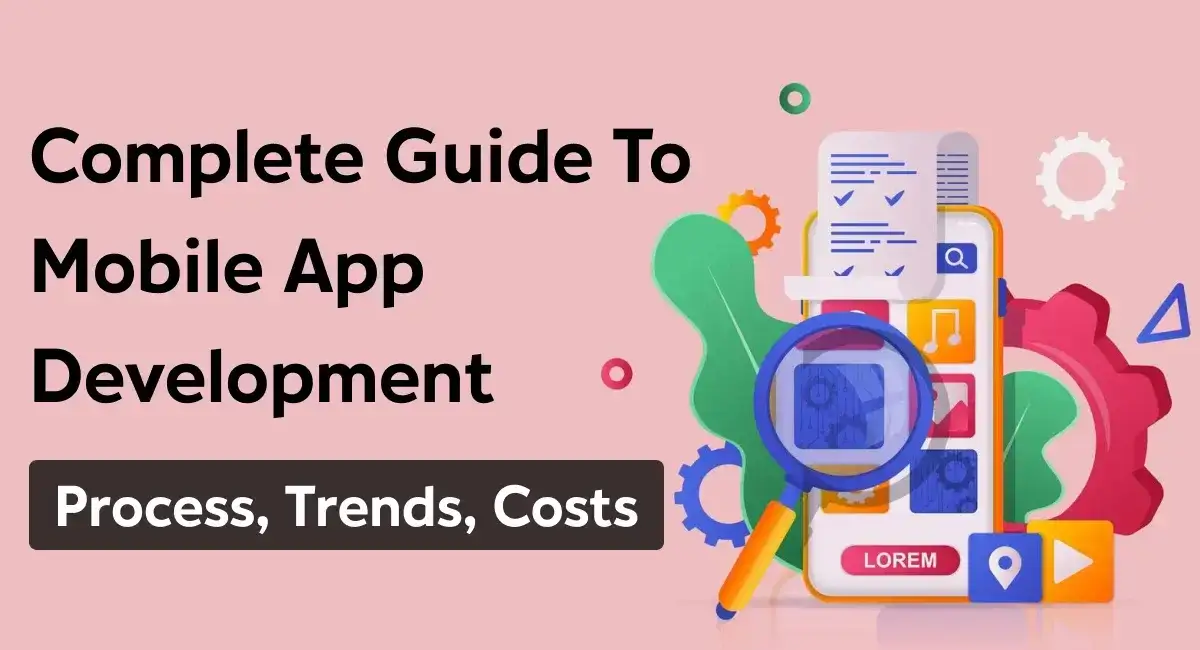
3. Design and User Experience (UX)
Having done the strategy and planning phase, your next activity would be to develop the user interface and experience of your app. Creating a clean and well-designed, functional UI and UX would make your app a hit overnight. An attractive-looking app that's also functional makes a user come back and use it.
UI/UX Design Process
While building your app, in the design phase, your UI/UX designer can develop mockups, wireframes, and prototypes for your app. Those are then honed while receiving feedback from stakeholders and while finalising user testing.
Designing entails
User Interface (UI) Design: Based on what the app is actually about and how it visually appears, i.e., colour, font, icon, and composition. Creating a visual appearance that exhibits brand identity along with uniformity stands as the final objective.
User Experience (UX) Design: Every application relies on usability, which must include an intuitive approach that functions straightforwardly and rapidly. The app should now be tested in real user trials to show where the improvement can be made and where the areas of pain will be.
"Design is not what it looks and feels. Design is how it works." – Steve Jobs
These are the lines that reveal how utility is the key to being significant in design is. A very well-designed app, but one that is useless to the user means nothing.
Make It User-Friendly
Usefulness is most crucial in the design situation. A cluttered, confusing interface will most likely turn away users, but a clean, streamlined layout can create retention and word-of-mouth.
Remember these:
Navigation: Make sure that it is easy for the user to navigate in order to get what they are searching for. The menu should be readable, and straightforward activities like log in or registration should be easily done.
Responsiveness: The application should be smooth on various devices and screens. Whether the users use the application through a tablet or mobile phone, the look and feel should adapt accordingly.
Consistency: Consistency in design calms people down and gets them used to your app. Use the same colour scheme, font, and icons throughout the app to give the same feel.
4. App Development Process
After the design is over, one can start building. Building the app is accomplished through frontend and backend development. Both these streams are coded to communicate with each other so that the app becomes a running app.
Frontend Development
The frontend development is the graphical part of the application—the stuff the users can see. It includes all the screens, buttons, menus, and images that users touch on their devices.
Frontend development accomplishes the task of transforming the UI/UX designs created in the previous phase to the application since the programmers perform the task. They work hard to make sure that every feature that involves the user is responsive, smooth, and performs as required.
Backend Development
Backend development serves the server side of the application. This is where the processing and handling of data take place. Backend developers encapsulate the database, server setup, APIS, and third-party services if there is a need for them.
For instance, if your application is storing user information, then the backend will take care of how data gets stored, retrieved, and updated. Backend developers would ensure that the app functionality is still scalable and efficient in the event that it has to store lots of users or data.

How DXB APPS Develops UA's Top Apps?
We at DXB APPS believe in an advanced Mobile App Development Process from every step — experimenting with ideas to designing, and post-app release follow-ups. Our mobile app developers work interactively with customers to provide quality-performing applications to industry-standard levels.
Our mobile app development company in UAE have our own proprietary method to make sure every app is customised to solve actual problems and provide quality user experiences. We are one of the leading UAE mobile application development firms and provide ios and Android mobile app development Dubai services so that they remain cross-platform-compatible on any device or platform.
Conclusion
Mobile application development is both interactive and iterative. Every aspect of the process, from planning through launch, is essential to having your app seen by humans. Knowing each step ensures that your app succeeds and avoids disasters. Creating a new company application or side project, planning and beta testing is totally necessary.
Remember that the app-making process is always in the making; it's always evolving based on evolving technology and evolving user requirements. So, flexibility to bend and adjust will turn your app into a hero in a competitive marketplace.
FAQs
What are some of the first things in the mobile app development process?
The first steps to create an app involve idea development, along with market research and identification of features, target audience, and selected platform.Your users' requirements are most pivotal to the success of the app.
How long does it to complete the mobile application development process for a few months or years?
The application development timeline span from a few months to surpass one year depending on app complexity and chosen platform along with team expertise. Most applications require 3 to 9 months for their development cycle duration.
What is the cost to develop an application in Dubai?
The price of Dubai mobile application development is not fixed, depending on features, complexity, and the company developing it. On average, it will cost between AED 20,000 and AED 200,000. If an app is being developed with complicated features only, it will be costly.

